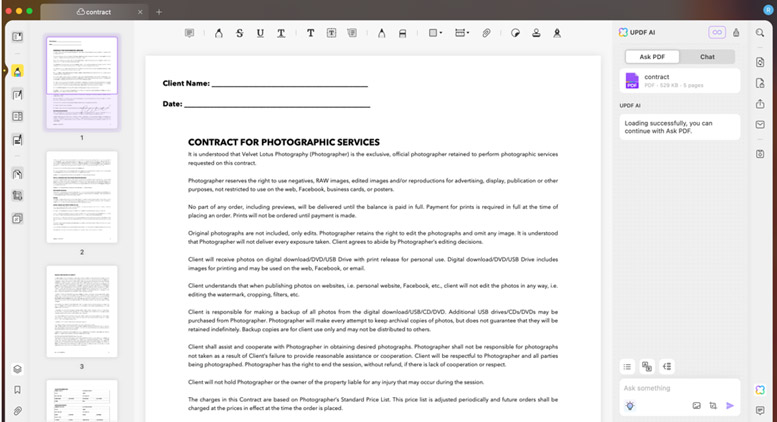IBM unveils Xperanto data integration technology
Two products set for beta release
IBM on Tuesday will unveil beta releases of the first two products from its Xperanto federated data integration project, DB2 Information Integrator and DB2 Information Integrator for Content.
Supporting IBM’s On Demand e-business initiatives, the two products are intended to help customers access, integrate, and analyze all forms of information across and beyond the enterprise, according to IBM. Big Blue’s key message on its Xperanto products is that they allow businesses to access and integrate information in diverse locations as if it were stored in one place
While Information Integrator uses a SQL interface, Integrator for Content uses an object-oriented programming model for handling content in forms such as Java Beans or C++ objects, said Janet Perna, general manager of data management at IBM, in Somers, N.Y.
“They both provide access to information sources, relational and non-relational,” she said.
“The main goal here is really to reduce the cost to customers of integrating information,” Perna said.
With IBM’s Xperanto products, users will not have to hand code to integrate disparate data sources, she said.
“With this in [customers’] hands, it’s going to reduce the programming time,” she said. “It’ll cut in half the time it takes to program applications to access [and] integrate data sources.”
Although users will not need IBM’s DB2 database to make the products function, the offerings are based on IBM’s DB2 database optimizer technology for optimizing data integration, and also on IBM’s federated database technology, which has been code-named Garlic and enables joining of data from multiple sources.
“The federation enables you to join data in different databases and different systems as if they were in one place,” Perna said. “It’s like a distributed request.”
IBM is positioning the products as useful for applications such as customer relationship management, where call center operators need to pull together information about customers that resides in multiple databases as well as in unstructured sources such as e-mail messages. XML documents also can be integrated.
The multiplatform technology will run on systems ranging from Hewlett-Packard and Sun hardware to Linux and Windows and IBM’s own AIX and mainframes. Software from multiple vendors can be integrated via the products, including relational and non-relational data sources such as documents and images. Web services-based data, such as a real-time stock feed, also could be integrated via Xperanto products.
“You can make sure we’re going to be going into the Oracle installed base with this,” Perna said.
IBM with Xperanto has been making the claim that while its technology supports data integration wherever the data is, Oracle requires data to be brought into an Oracle database. Oracle has rejected this criticism.
An official at Indiana University said the school is planning to use IBM’s new technology to support the school’s efforts in transparent data access.
“We have been using [IBM] DiscoveryLink for some time, and what we plan to do with DB2 Information Integrator is continue working toward a goal that has been set by the Indiana University School of Medicine,” said Craig Stewart, director of research and academic computing at the university, in Indianapolis . “The goal is simple [and] at the same time difficult to achieve: a researcher in the School of Medicine should be able to achieve transparent access to any external data sets within the school that the researcher has rights to access and pull a query transparently from all those data sources at once.”
Of particular interest in IBM’s new products are an XML interface and support for Hidden Markov Model Regression, for linking databases to calculations, Stewart said.
IBM’s offerings will radically alter the EII (enterprise information integration) marketplace by adding write-back capabilities to distributed data, rather than just enabling the reading of this data, said analyst Philip Russom, research director at Giga Information Group, in Cambridge, Mass.
“In a nutshell, it’s going to change the face of the EII marketplace,” Russom said. “IBM closes the loop there with data integration; with the others it’s one way out.”
MetaMatrix, one vendor cited as an example by Russom, plans to have distributed, multisource write-back capability this spring, an official at MetaMatrix said.
“Right now we do support updates to a single source, but the next release will support multiple-source updates through our virtual model,” in Version 3.1 of MetaMatrix Server, said Shawn Curtiss, director of marketing at MetaMatrix, which has headquarters in New York . Version 3.1 is due to ship March 31.
IBM beta cycles typically take six months, Perna said. Thus, DB2 Information Integrator and DB2 Information Integrator for Content will be generally available for shipment approximately by August.
A subsequent Xperanto product will add support for XQuery, the XML-based query language. IBM has no date for when that product will be ready.




